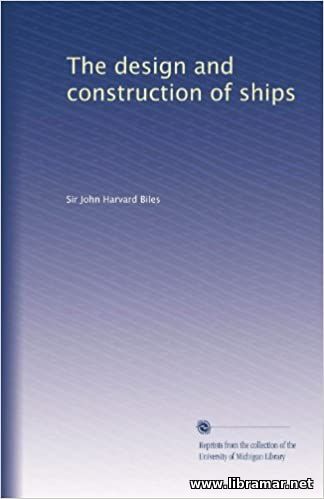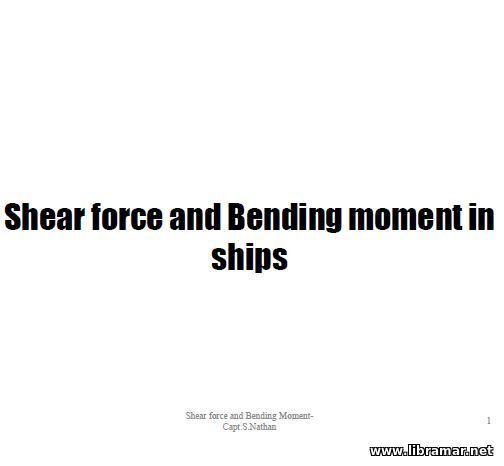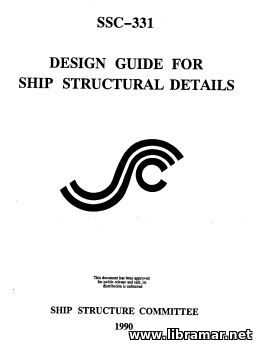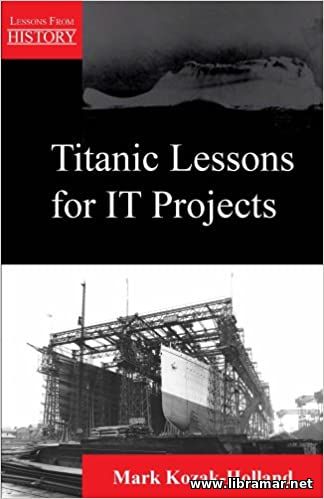 The correct and accurate prediction of the growth of fatigue cracks occurring under particular service conditions is important for those concerned with the application of tolerance-related design philosophy to the design of various marine structures. The people have realized that the method of predicting the fatigue life basing on the FCP theory, standing for the fatigue crack propagation, may be applied to explain the fatigue phenomena commonly observed.
The present publication is addressing the issues that are leading towards the UFLP method - its philosophy, in turn, may serve as a basis to resolve the existing inconsistency between the fatigue design of the structures and their inspection. The content of the book reflect s all latest developments in fatigue studies including those by the authors.
It has been intentionally designed to guide the future directions and provide practically useful instrument. The book shall be used by the naval architects and engineers plus all people involved in fatigue prevention design of the marine structures, their maintenance, periodical inspection and repairs, as well as in the development of the relevant rules and regulations.
 The original and main intent of the author of this book was to provide all interested readers with the general idea of the different types of geometries of the offshore platforms. The content of the book is covering the environmental loads commonly encountered by the offshore platforms as well as the detailed technical description of the basics of structural dynamics presented in a very easy-to-follow manner.
The author has emphasized the fundamental concepts of the structural dynamics through the simple and understandable real life examples and exercises. Each of the chapters has tutorials and is supplemented by the exercises included for self-learning and tracking of the progress. There is a separate chapter fully dedicated to the stochastic dynamics included in the book in order to help students in extending the basic structural dynamics concepts to the advanced research domain.
In short we may say that the present informative and practical volume will definitely prove very useful for all consulting and practicing structural engineers working on the offshore projects as well as for the students, scientists and researchers...
 In the past decades the population of the world has shown the exceptionally fast growth and it is still expected to rise even more until most of the countries has become fully developed. There is a critically important need to accommodate this rapidly expanding population via the new places for living and work, associated infrastructure, food products and so many other aspects.
And, the potential colonization of the ocean spaces might be considered one of the ways in which people would engage with the challenges connected with the provision of more energy resources as well as the space available for humans. This volume is intended to provide the professional survey of the basic projects that have seen the building of the large floating structures or attained the duly detailed design concepts.
Such projects would add a very valuable vision to the discourse that already exist, and include the mobile offshore base and OTEC platforms, floating oil storage bases and offshore oil turbines plus he floating ferry pier located in Japan, floating performance stage in Singapore, large marine concrete structures build in Norway and other interesting technical projects.
The author has compiled the key floating structures in one book capturing the innovative features and marking the latest technological developments in the subject field of engineering.
 In his brilliant work, Mohamed Shama is presenting a remarkably comprehensive and thorough technical analysis of the buckling problem occurring in the structural strength members of the vessel's hull. He has fully analyzed many types of loadings and stresses that are commonly imposed on the hull plating and primary/secondary structures.
The author has tried to clarify the major causes of the buckling and their potential consequences. The publication contains the fundamental equations that are required for proper determining of the so-called critical buckling stresses for the plating of the hull and stiffening members. These critical stresses have been provided for the hull plating under various loading types and in the most common conditions.
The text of the publication is expected to bridge the gap existing there in most of the other books on the subject by focusing on the established practical methods in order to ensure the safety against buckling. The book will be useful to shipyard people including ship designers and constructors, marine surveyors, port state officers, marine engineers, naval architects and other people. It will be particularly useful and valuable to the practicing engineers...
 The content of this volume was written based on the decades of experience of the author as well as his years of lecturing in the university. Since the subject lectures were left unpublished for so many years, the decision was made by the author to compile this perfect book and provide all information and knowledge needed by and useful to the students, in a single and comprehensive volume.
All of the calculations are duly explained in a way making them understandable to the students at all levels. The content is divided in three parts, the first one dealing with the areas, volume, and center of gravity, giving some very general considerations on the subject. The second part of the book is devoted entirely to the ship calculations. The third part addresses the strength of ships together with all associated calculations.
As you can see, the publication was released more that a century back. However, it is still recommended to the students, due to the fact that the theoretical basics of the ship design and construction have not changed. And, the explanations given by the author in his work are somewhat more clear and easier to follow, understand, and apply than the ones in the books being released today.
 This is a quite compact but very informative and useful publication providing clear explanations of the shear forces acting on the ship hull and the bending moments resulting from that. The subject definitions actually form the basis of the ship mechanics and lay in the foundation of any strength related calculations. That is why it is critically important for the ship designers and shipbuilders to have good and thorough understanding of them.
Written by the professional captain, the document will be of great use for the people who are not involved in ship design, but rather for those in need of having general understanding of the topic. As we know, the shear force is the one tending to shear, or break, a beam perpendicular to the major axis of that beam. For the purpose of the relevant calculations, the hull of the vessel is normally considered a beam.
The bending moment, in turn, is a sum of all moments that try to alter the beam’s shape. When the vessel is afloat, resting on the surface of the water, the longitudinal deflections will be experienced by the hull; they are caused by the uneven weight and buoyance distribution along the hull length. The subject stresses are always there regardless of the ship loading, and cannot be avoided.
 Over the past decades, the members of the Ship Structure Committee have collected and analyzed extensive service cases of the unsatisfactory vessel designs concerning their structural part. The material contained in the document is intended to help the ship designers, including both naval and commercial ships, to specify the cost effective and technically sound details. The details provided in the pages of the present guide combine the service experience with the costs of fabrication.
There are also many data tables, diagrams, pictures and other supplementary materials intended to help the ship designers when selecting the appropriate details of the structure. First of all, the authors provide a brief overview of the sample failures of the ship structures, structural tolerances and material fatigue, as well as general philosophy of the ship design.
The performance of the details is covered in the separate chapter, followed with the information on the estimated man-hours needed for the fabrication. Several practical recommendations conclude the main part of the guide. There are also three appendices with the additional information making the guide even more useful.
 The world famous Titanic was considered by so many people, including the professional ship designers, naval architects, and shipbuilders, to be an absolutely unsinkable vessel. Featuring the efficient and redundant shipboard safety systems based on the very latest technological achievements of that time, the vessel was not even considered to possess a full complement of the lifesaving appliances.
As we know, the sad truth is that her maiden voyage resulted in a collision with the iceberg leading to the loss of thousands of people including passengers and crew members. This catastrophe is deservedly treated as one of the most tragic maritime disasters in the history. The author of this book wanted to analyze the entire project of building this ship, from the design stage and up to the launching, to reveal and show the compromises that were made at the beginning of the project, eventually resulting in the flaws.
One of the features of this publication is that it will be equally interesting to the ship designers and the IT people since the author made every effort to show how the lessons obtained from this catastrophe could be applied to the various IT projects, as it happens that the designers claim and think they have launched a truly perfect solution…
|







